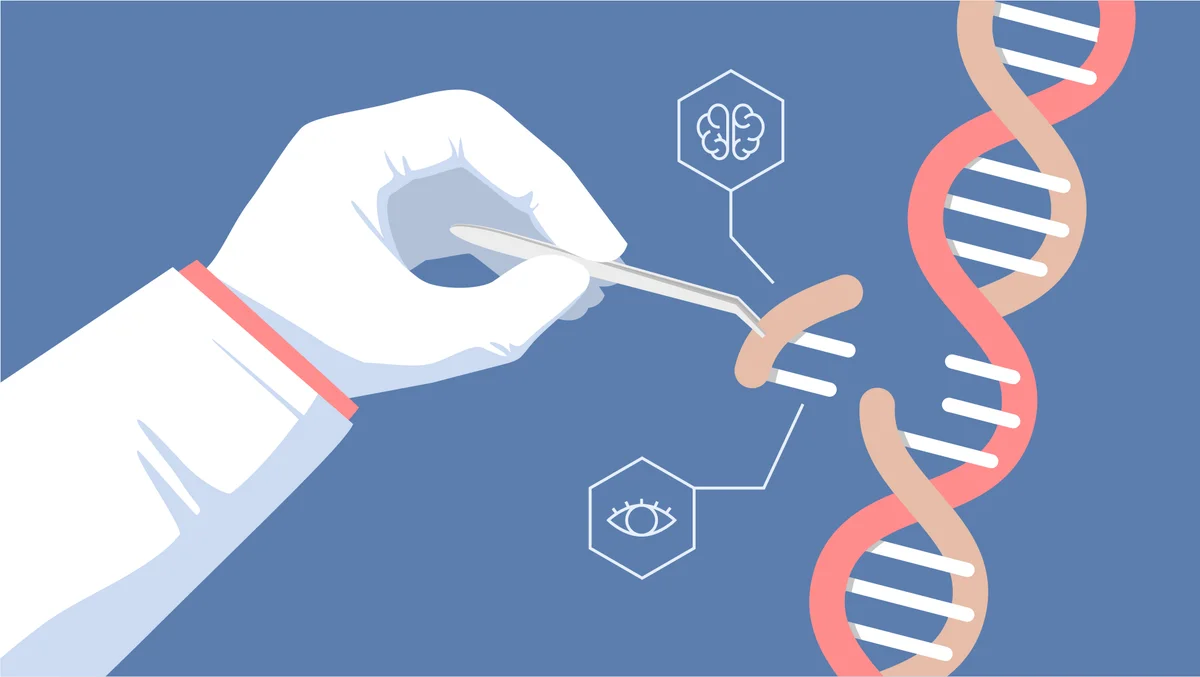July 22, 2025

In a groundbreaking clinical trial that marks a historic first in human medicine, scientists have successfully used CRISPR-Cas9 gene-editing technology to treat — and effectively reverse — a rare and fatal genetic disorder in a living patient. The trial, conducted by researchers at Intellia Therapeutics in collaboration with leading medical centers, represents the first confirmed instance of in-body gene editing to deliver both safety and effectiveness in a human subject.
The patient, a 28-year-old woman diagnosed with hereditary transthyretin amyloidosis (hATTR), received a single intravenous injection of a CRISPR therapy engineered to target her liver, the main production site of the mutated transthyretin (TTR) protein responsible for the disease. This condition causes a buildup of amyloid fibrils in the nerves, heart, and other tissues, leading to debilitating symptoms and often fatal complications.
Within weeks of receiving the treatment, the patient showed a 95% reduction in circulating levels of the misfolded TTR protein, with no reported adverse reactions or significant side effects. Follow-up imaging and lab tests indicated a halt in disease progression, with early signs of tissue recovery — a response that exceeded researchers’ expectations.
“This proves we can go in and safely rewrite faulty genetic code in humans,” said lead researcher Dr. Elena Ruiz, a clinical geneticist at the trial's principal site. “We’re opening the door to treat thousands of genetic conditions previously thought incurable.”
The CRISPR system used in the trial was delivered via lipid nanoparticles, which carried the genetic instructions directly into liver cells. Once inside, the Cas9 enzyme successfully cut the faulty DNA sequence, and the cell’s repair mechanisms inactivated the mutated gene — stopping production of the toxic protein at its source.
Unlike traditional gene therapies that rely on viral vectors or long-term drug regimens, this approach offers a one-time, permanent correction of the underlying genetic error. The potential is massive: more than 6,000 known genetic diseases could, in theory, be addressed using similar strategies.
The results, published in Nature Medicine, have sparked global optimism among clinicians, researchers, and patients. Advocates for rare disease treatment call the trial a watershed moment in the history of personalized medicine.
Still, experts caution that CRISPR’s path to widespread clinical use will require years of testing, regulatory review, and ethical oversight. Concerns remain around off-target edits, long-term safety, and accessibility. However, this successful proof-of-concept has shifted the tone of the entire field.
“We’re witnessing the birth of curative medicine,” said Dr. Ruiz. “And this is just the beginning.”
This landmark trial not only reaffirms the promise of CRISPR, but also serves as a rallying point for innovation, investment, and global collaboration around genome engineering and precision healthcare.